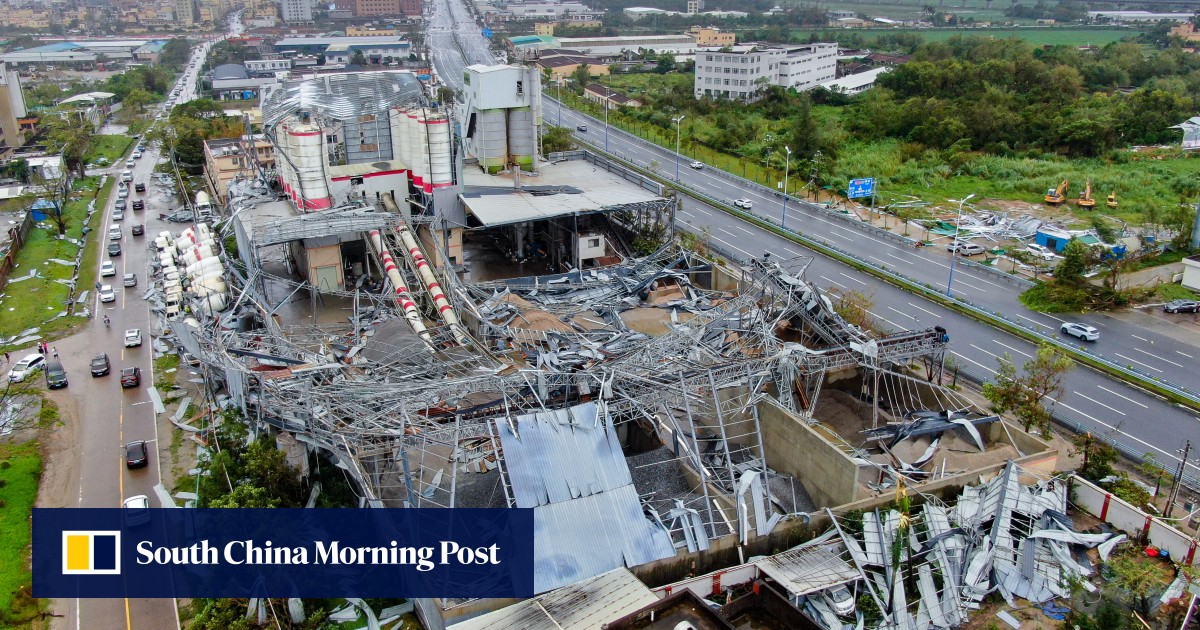
Advertisement
They added that as the planet continued to warm, tropical cyclones were expected to become increasingly destructive.
“In the case of Ragasa, a category three at landfall [under the scale used to measure Atlantic hurricanes], we estimate that this type of event was about 49 per cent more likely compared to pre-industrial times,” the rapid attribution study from Imperial’s Grantham Institute found.
“We also estimate that about a third (36 per cent) of the damage in south China of a ‘Ragasa’ type typhoon can be attributed to climate change compared to the pre-industrial baseline.”
Advertisement
Climate change, primarily caused by the burning of fossil fuels, boosted Ragasa’s winds by 7 per cent and rainfall by 12 per cent at landfall, the scientists added.

